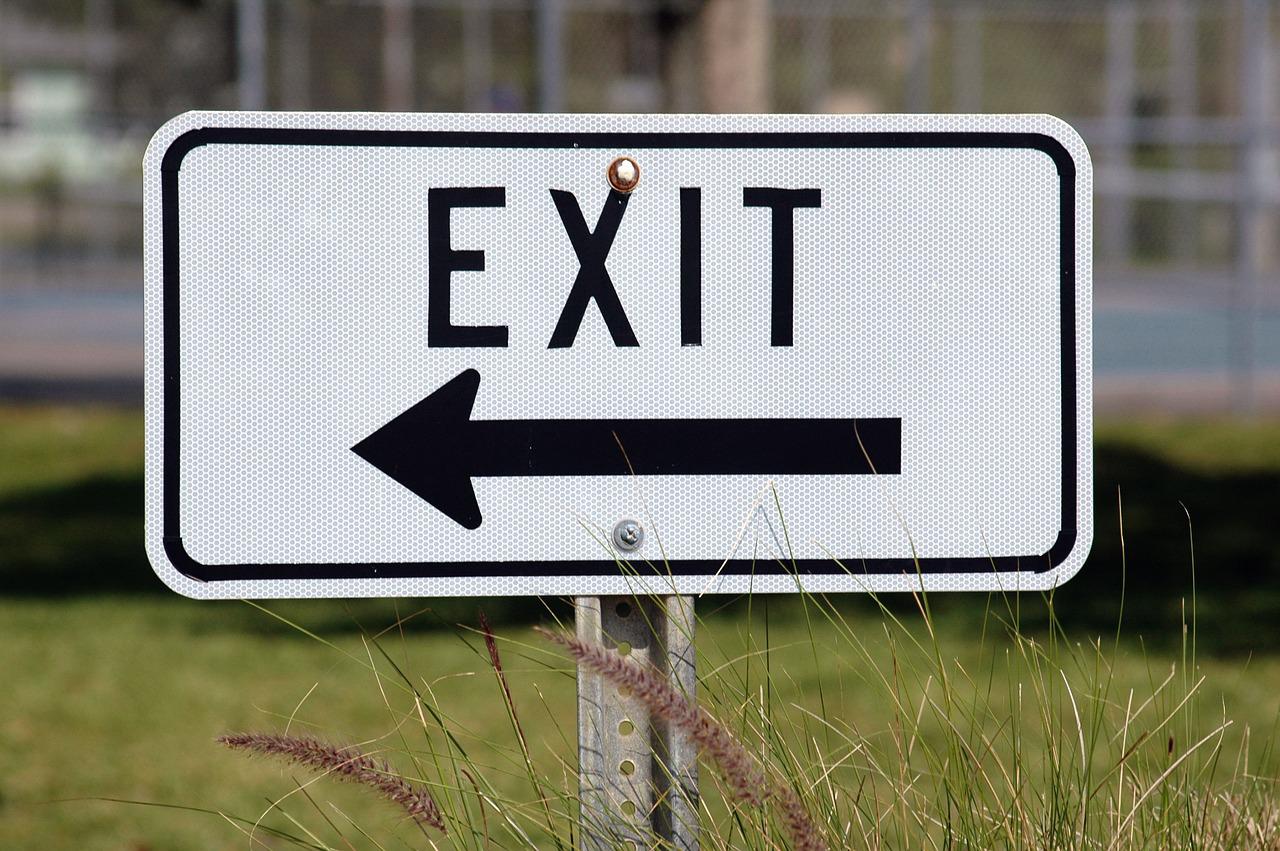Why Are Left Turn Accidents So Deadly?

By Larry Bodine Publisher, The National Trial Lawyers
We’ve all felt the anxiety of trying to make a left turn before the light changes. Traffic seems to zip through the intersection, ignoring your blinking turn signal. Then the light changes to yellow. You may be able to move into the intersection relatively safely but most left turn accidents happen at the very moment of the turn, resulting in “T-bone crashes,” which frequently cause serious injuries and sometimes death.
A recent left turn crash on Annapolis Road in Jessup, Maryland resulted in serious injuries for both drivers. Gregory Cassagne attempted a left turn as Dontay Parker was traveling straight through the intersection. Parker’s 2009 Nissan Altima struck the right side of Cassagne’s 2009 Toyota Prius. Paramedics took both men to the Maryland Shock Trauma Center, and treated Cassagne for life threatening injuries, leaving him in critical condition. While neither driver was wearing a seatbelt, police blamed the crash on driver error by Cassagne.
Why are left turns so dangerous?
Studies from the National Highway Traffic Safety Administration show that 36 percent of all automobile accidents happen at intersections. More than 480,000 of those crashes involve drivers turning left. The most common reasons cited in the study for left turn crashes are:
- Obstructed view while turning.
- Inadequate surveillance (driving into blind spots).
- Misjudgment of the other driver’s speed.
- Miscalculating the distance or “gap” across the intersection.
- Illegal maneuvers, such as failure to signal or failure yield to right-of-way.
Department of Transportation studies show that left turning vehicles are the most likely to cause a fatal intersection crashes. Last month, a jury in Florida awarded $664,328 to L’Tonya Johnson, a mother of two who was injured in a motor vehicle crash by a commercial truck driver who was turning left. The driver, Jeremy Wilson, was working for Southeastern Building Services, Inc. when the crash occurred at 8:30 a.m. on December 19, 2010. While driving a company van, he turned left in front of Johnson’s car on West University Avenue in Gainesville, FL, totally destroying her car. The van driver claimed he had the right of way, but a jury sided with Johnson. After a two-day trial, she received a verdict for compensatory damages for her past and future medical expenses as well as past and future pain and suffering.
Drivers turning left are presumed negligent
In most cases, drivers turning left do not have the right-of-way, which means they must wait for oncoming traffic to pass before turning. When an accident occurs, the law presumes the driver making the left turn acted with negligence, and likely caused the crash. The left turning driver can meet the burden of proof by bringing evidence that puts fault on the other driver such as:
- The other driver increased speed after the light turned yellow or drove through a red light.
- The intersection began to clear of traffic, but an unexpected event required the turning driver to stop, mid-turn, resulting in a crash.
- The other driver operated their vehicle illegally, such as driving drunk or using a mobile device illegally.
You can cull evidence of these situations from traffic or other surveillance cameras, phone records, and/or eyewitnesses.
Making safe and legal left turns
Crossing a busy intersection can be risky, especially if there is no dedicated left turn signal or lane. The following list of suggested tips can help you make safer turns:
- Prior to making any turns, activate your turn signal or “blinker.”
- Be patient – drivers proceeding straight generally have the right-of-way at an intersection – they go first.
- Make sure there is no obstruction to your view (glare, roadside hazard, or hill) – if so, use additional caution.
- If you see a break in traffic, make sure you can cover the “gap” or distance across the turn with plenty of time to avoid oncoming cars.
- Note the posted speeds and how fast other drivers are traveling in the area (often accidents happen when either driver speeds up at the wrong time).
- Obey all traffic laws – especially prohibited left turns. It’s better to go to the next intersection than risk an illegal left turn.
Good driving habits will make it easier to avoid collisions from left turns. And if you are in an accident, you can meet your burden of proof that you acted with due caution more easily.
Larry Bodine is a lawyer, journalist and marketer who speaks and writes frequently about law firm marketing. Currently he is the publisher of the National Trial Lawyers and is the former Editor in Chief of Lawyers.com. Readers can follow @Larrybodine on Twitter, on Google+ and on LinkedIn, where he moderates several marketing groups.













